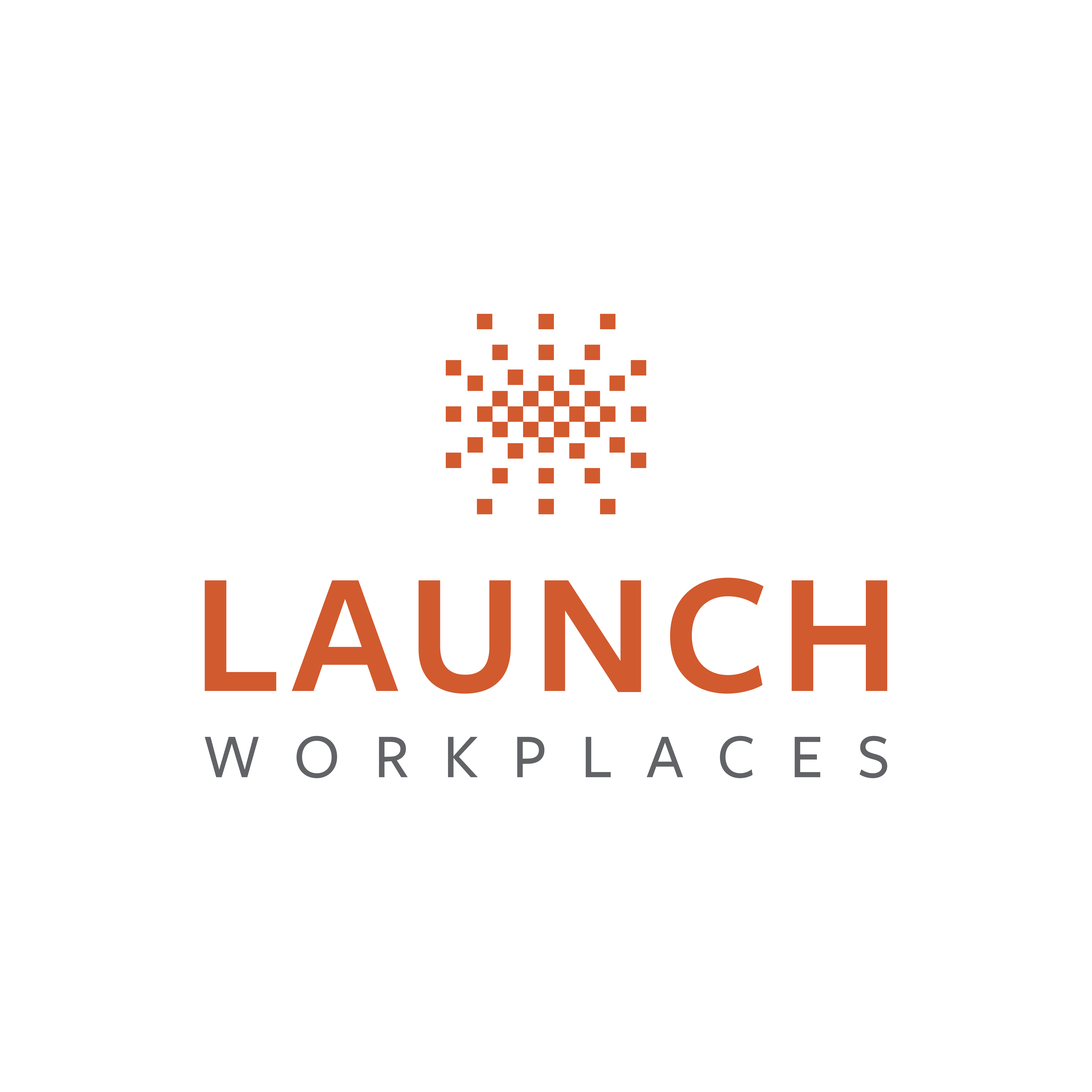In the modern workforce, inclusion is more than a buzzword. It’s a vital factor that employees consider when considering where they want to work.
In fact, 67% of job seekers consider diversity and inclusion to be important factors when considering employment opportunities, and more than 50% want their employers to do more to prioritize it. And this is no surprise considering Millennials and Gen Z are the most diverse in history.
So, what can your organization do to prioritize a safe and inclusive work environment?
We’ve got a few tips. But first, let’s clarify what each of those terms means.
Diversity vs. Inclusion
While they may seem like interchangeable terms, there’s actually a difference between diversity and inclusion.
Diversity, in terms of a professional environment, refers to the people who work in an environment–who’s recruited and hired by a company. This can include the full spectrum of human demographic differences, but in broad terms applies to:
- Gender
- Race
- Age
- Religion
- Physical ability
- Socioeconomic status
On the other hand, inclusion refers to how those people feel at work. While a company’s workforce might be diverse, it can only be considered inclusive if those employees feel safe, welcome, and valued at work.
So, if diversity refers to who works in an organization, inclusion refers to how they feel while working there.
That’s an important distinction to make if you want to ensure your workplace is inclusive.
Tips for Creating a Safe and Inclusive Work Environment
Understanding the importance of inclusivity at work, what can you do to ensure your employees feel safe, comfortable, and valued?
Prioritize Inclusion Over Diversity
The challenge with trying to create a “diverse” workplace is that it hinges too much on selecting specific attributes from the full spectrum of human demographic differences–and subconsciously categorizes people based on those demographics.
And, all too often, focusing on diversity within an organization makes it a box to check rather than a core component of the company’s values and guiding principles.
Instead, focus on being inclusive. Make it a part of your organization’s DNA. Prioritize accepting everyone as equals rather than as a metric.
Celebrate Differences
It’s important to recognize, respect, and celebrate diversity in the workplace, and this can be done in a number of ways, including:
- Recognizing and celebrating all holidays and cultural days and creating a central calendar that all employees can view
- Having a prayer room in the office that allows employees to pray or meditate when they need to, safely and privately
- Conduct diversity seminars via external organizations or by empowering employees to offer lunch-and-learns for colleagues ‘
- Offering non-gendered washrooms
Your organization has ample opportunities to celebrate diversity and will create a more inclusive work environment in doing so.
Focus on Educating Leaders
While it’s important that every member of your team buys into creating an inclusive work environment, it’s vital that this starts from the top and trickles down. Leaders need to lead by example.
In order for this to work properly, inclusion training and leadership development goals need to be part and parcel rather than being addressed separately. It needs to be treated as a core part of their job rather than just an add-on.
To help with this, focus on training leaders to:
- Be empathetic
- Practice inclusive communication
- Delegate well
- Give feedback respectfully and impactfully
- Resolve conflict fairly
It’s also critical to schedule cultural training, diversity workshops, and seeking to end unconscious bias by educating employees on the importance of everyone’s inclusion.
Create a Workplace Safety Policy
Inclusion can’t just be a hypothetical idea in your organization. It needs to be formalized in a policy and met with zero tolerance.
Your policy should outline all of the initiatives and steps your organization is taking to support inclusivity and should be communicated widely and frequently throughout the organization.
For example, at Launch, we prioritize diversity and inclusion for our members through amenities like built-in Wellness Rooms in our newer locations, intended for purposes like nursing and prayer, as well as handicapped-accessible restrooms and entrances at all locations.
On our operations side, Launch employs a diverse staff comprising many races, ethnicities, and ages with equal opportunity employment for all. Our staff also has the option to reach out to HR or our Operations Administrative Executive in full confidentiality regarding any issues or concerns they may have.
We take pride in the diversity and inclusion of our Launch team and community and are always open to learning how we can continually improve.
Create a Safe Space to Talk and Listen
One of the most fundamental components of an inclusive workplace is ensuring your employees have a safe place to talk and listen without judgment.
This can include making sure your employees feel safe to communicate their experiences, whether it’s things that they’ve experienced or things they’ve seen taking place within the company.
Doing so can take the form of:
- Frequent check-ins and one-on-ones to build trust and facilitate open dialogue
- Conducting anonymous employee feedback surveys
- Having a strong and dedicated HR department where employees can feel comfortable discussing matters related to diversity and inclusion
- A Diversity, Equity & Inclusion (DE&I) communication channel on Slack or Teams
The ability for employees to feel safe to talk and listen is the atomic particle for creating an inclusive workplace.
Diversity and inclusion aren’t just things that businesses can talk about anymore. They’re the status quo that all employees deserve. All employees should feel safe, welcomed, and valued at work, and it’s the responsibility of the organization to ensure that’s a reality.



